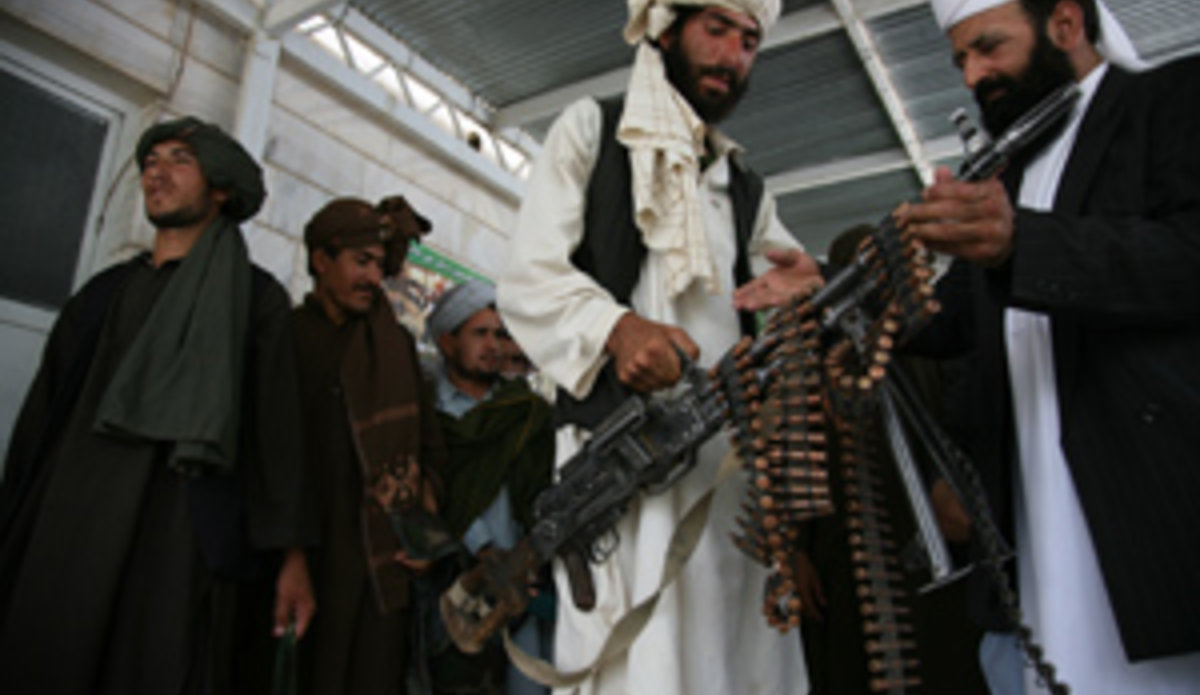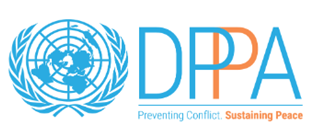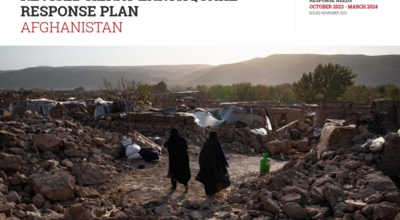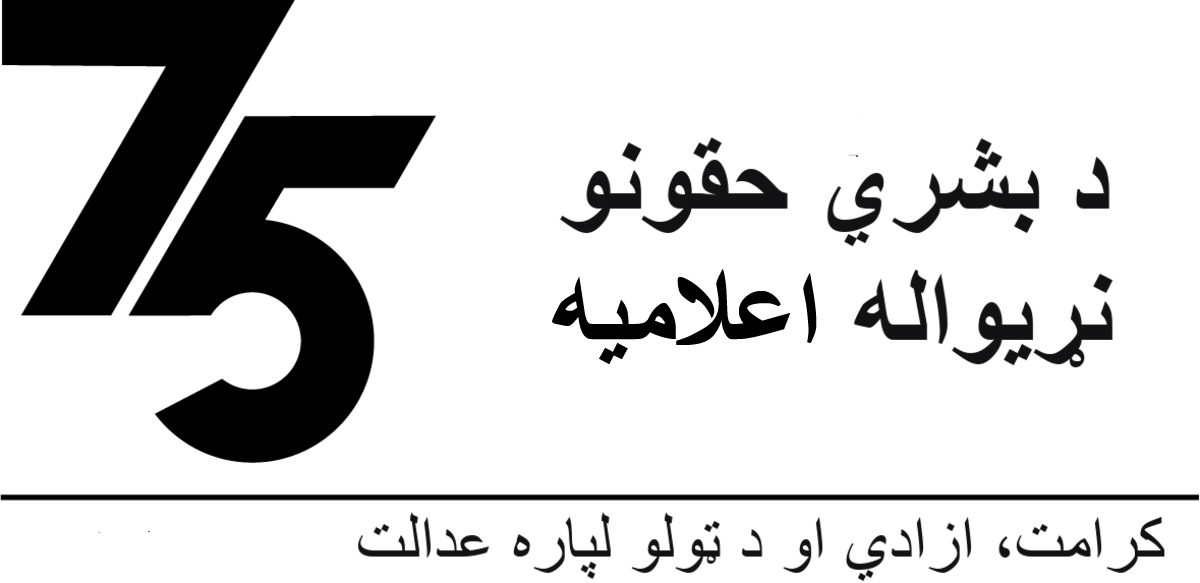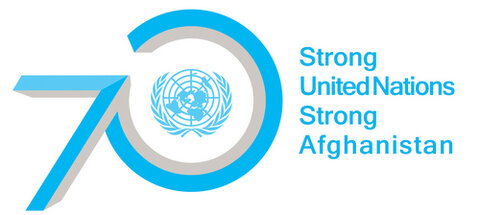Insurgents from Farah and Herat join reconciliation process
25 May 2010 - Some 27 former members of the Taliban from the western provinces of Farah and Herat have surrendered their weapons and joined the reconciliation process.
Twenty anti-government elements from the Khaki Safeid district of Farah province surrendered their weapons to the Peace and Reconciliation Commission (PRC) of Herat on Saturday, 22 May.
The day after on Sunday, 23 May, seven others from the Pashtun Zargun district of Herat province joined the mediation effort conducted by the National Directorate of Security (NDS).
These two recent events are a clear sign of the will of the provincial authorities to increase their reconciliation efforts with mid-level and low-level insurgents. However, the participants declared that reconciliation must be followed by reconstruction and security efforts in order to be sustainable.
Hazrat Sharif Modjadeddi, chairman of the PRC, explains the process that leads to such demobilization: “It depends on the groups, but it usually takes between three weeks to three months to convince our interlocutors to lay down their weapons and return under the authority of the state.”
To do so, the Commission uses various mediators, including tribal elders, religious leaders and former combatants who had already joined the process. If the former are necessary to contact and convince the insurgents, the latter play an important role in reassuring the men that they will be neither arrested nor prosecuted for their past activities.
But some anti-governmental elements contact other official channels to return under Government authority. An NDS official explains: “Some insurgents come to us for reconciliation. Usually, we take over their weapons and send them to the Peace and Reconciliation Commission to go through the official process.”
The Commission then issues a loyalty letter which guarantees the safety of the candidates. Some security organs have, however, been accused by former rebels of not respecting the official act. To remedy this situation, it has been mentioned that the governor, who has authority over the security organs in the province, may head the reconciliation initiative.
Mr Modjadeddi strongly opposes this solution: “The government is fighting with the Talibans. It can’t fight and negotiate at the same time. There is a need for a third party, an independent process, to tell both parties to join together.” He prides himself on the cooperation he obtained from the security forces: “We drove those men back in Herat with the help of the police.”
While much talk has been going on about a national reconciliation strategy, there has been little said about the ongoing process under the PRC, and no new mechanism has been put in place. Mr Modjadeddi mentions that he hopes to be able to submit his request for significant support from the Government and the international community at the Loya Jirga (grand council), scheduled to be held in Kabul in the coming weeks.
He insists: “We need full support by the Government and the international community. When insurgents recognize the Government authority, it must be reflected in a change in their lives.”
This sentiment is shared by Taza Gul, who explains how he came to join the insurgency at 50: “We were civilians but when our homes were destroyed by the international forces, we joined the Talibans.”
Now, after nearly three years, he decided to come back under Government authority, weary of fighting Afghan brothers in the national army or police. He has high expectations: “We want reconstruction in our area (Khusk Obeh village of Khaki Safeid district). We need clinics, schools, and security.”
He and his men have been threatened by their former allies, and request the setting up of a checkpoint manned by the national police or army.
The capacity of the Government and its international partners to follow up on the expectations of the newly reconciled will be crucial to the sustainability of peace in the areas formerly held by anti-Governmental elements.
By Fraidoon Poya and Henri Burgard, UNAMA
 UN
UN
